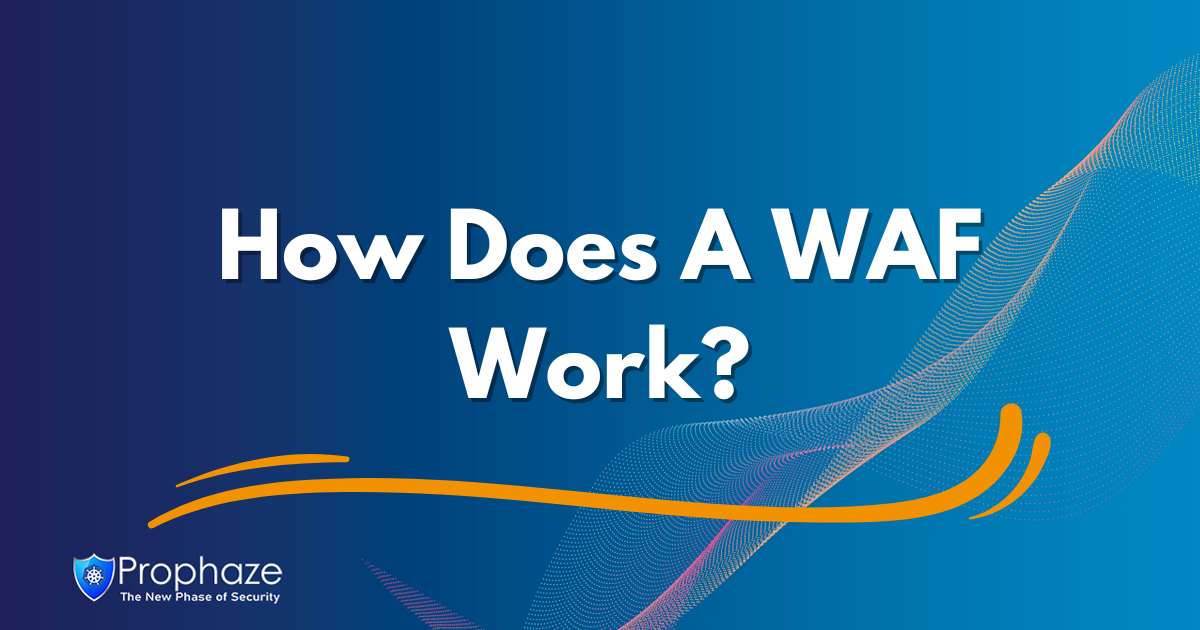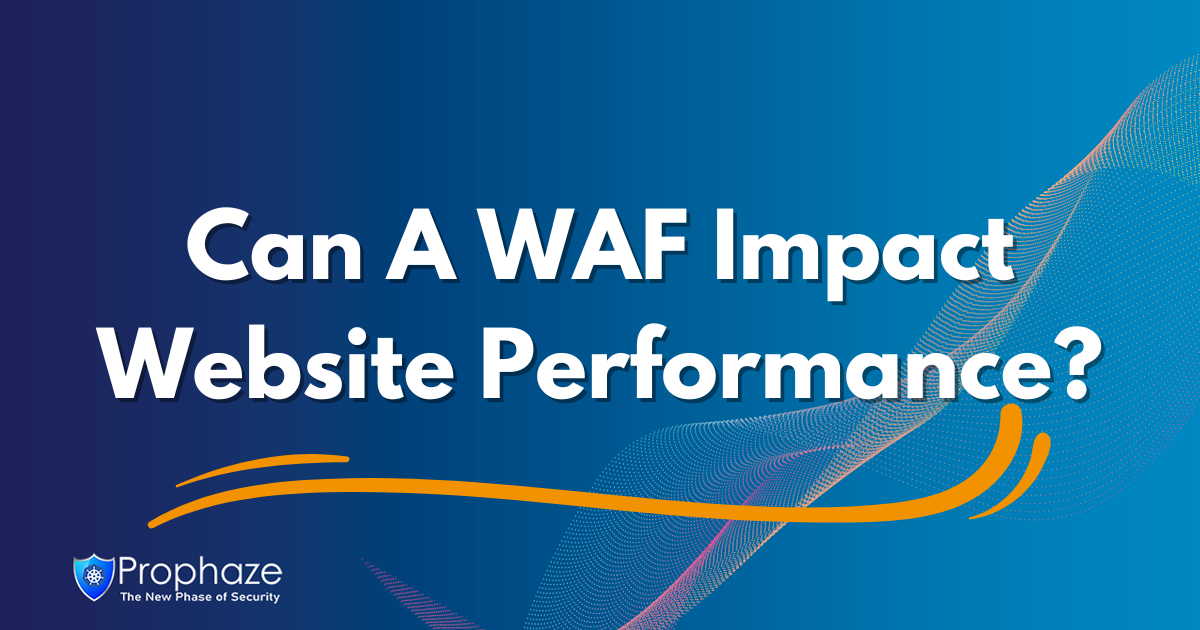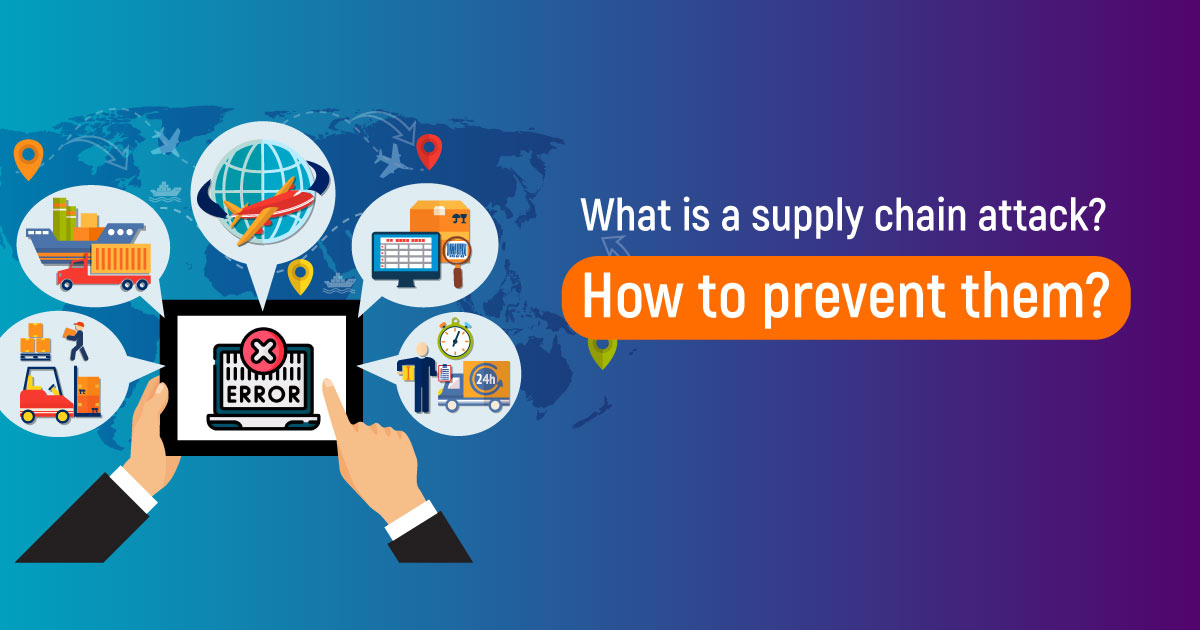How Does a Web Application Firewall (WAF) Differentiate Between Legitimate and Malicious Traffic
In today’s digitally advanced age with ever-evolving cyber threats, web applications have become vulnerable to multiple attacks of various kinds. To ensure the safety of these applications, it’s imperative to have an efficient defense system, with the Web application firewall being instrumental. Legitimate or malicious—how does a WAF know the difference? Let’s explore the techniques used by a WAF to differentiate between them.
Understanding the Function of a WAF
The job of Wafs is to act as gatekeepers and filter the incoming traffic of web applications. The examination and analysis of each request or response are mainly done to protect them from known or potential dangers. To safeguard against hacking or other similar activities that may compromise the security of your system, it is essential to ensure that all incoming web traffic is filtered and only legitimate requests are allowed.
Signature-Based Detection:
Using signature-based detection is typical in WAFs, and the system operates by referring to a massive dataset consisting of well-known attack behaviors and patterns. When the WAF system filters network traffic, it examines each request against its signature database. Whenever there’s an identified fraudulent pattern in an incoming request, the WAF will block it to protect the web application.
Behavioral Analysis:
Not only do WAFs rely on traditional signature-based detection, but they also employ behavioral analysis techniques for spotting unusual anomalies. If any deviation from the usual pattern of web application usage has been established as a baseline, the WAF detects it as a potential attack. WAF may identify suspicious activity and act accordingly if a user makes an unusually high number of requests or accesses sensitive areas within the app.
Geolocation and IP Reputation:
Using IP reputation and geolocation data is a common practice in WAFs that helps differentiate between legitimate and malicious traffic. They use a database to record dangerous IP locations and will flag or hinder any request found to be originating from one. Geographical data can be utilized to detect requests originating from unsafe regions or countries and enable the WAF to enforce more robust safety precautions for this kind of traffic.
Machine Learning and Artificial Intelligence:
The effectiveness of WAFs is increasing due to technological developments like machine learning and artificial intelligence algorithms, which allow the WAF to detect new and undiscovered attack vectors. By analyzing large amounts of data, WAFs can dynamically build their ability to distinguish between legitimate and malicious traffic.
Conclusion
The preliminary safeguarding measure for web applications is performed by website firewalls that shield them by blocking multiple threats. WAFs can distinguish between legitimate and malicious traffic by utilizing sophisticated technologies such as machine learning combined with IP reputation and geolocation data. Web application firewalls effectively ensure the safety and reliability of web applications by filtering out harmful requests, providing comfort to both business owners and clients in an ever-changing threat landscape.









